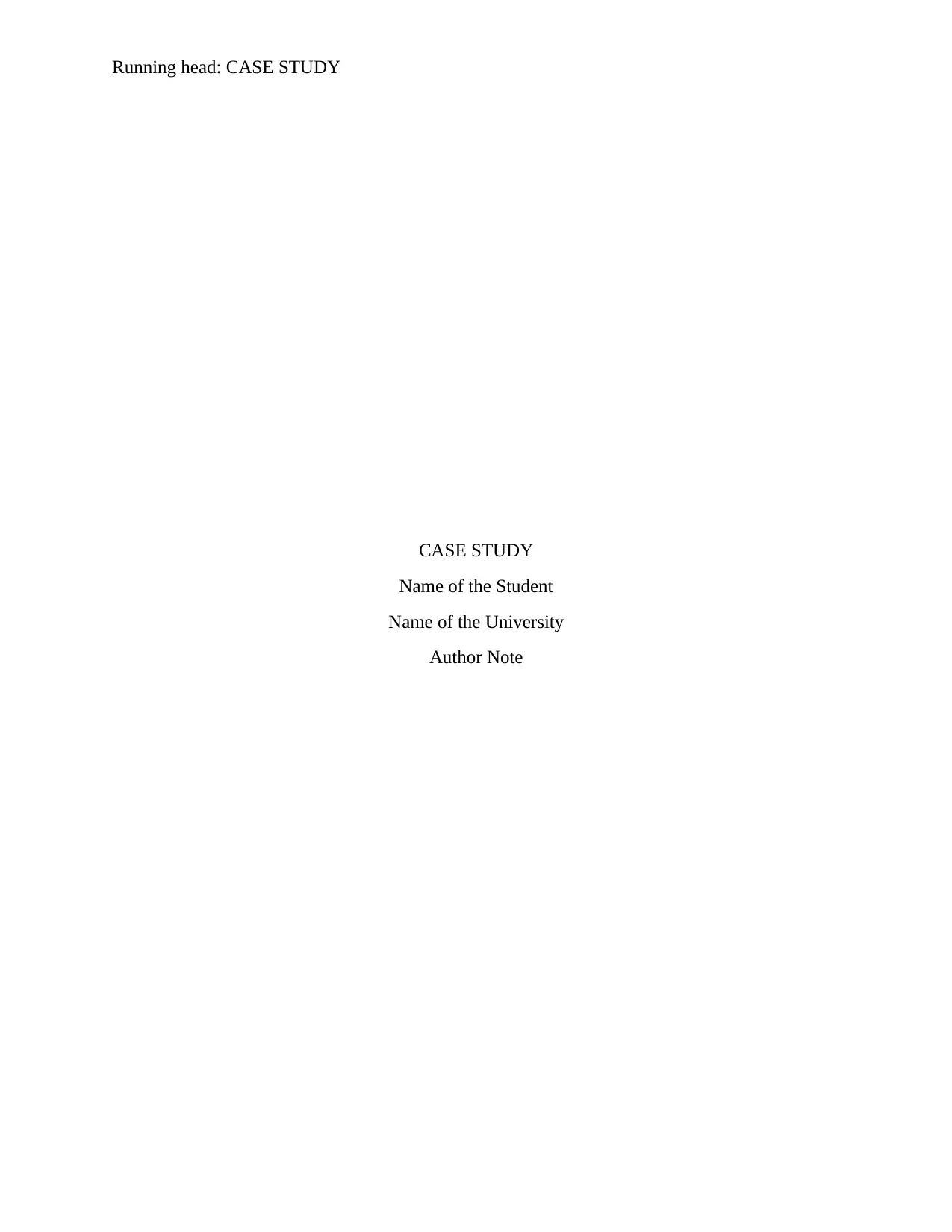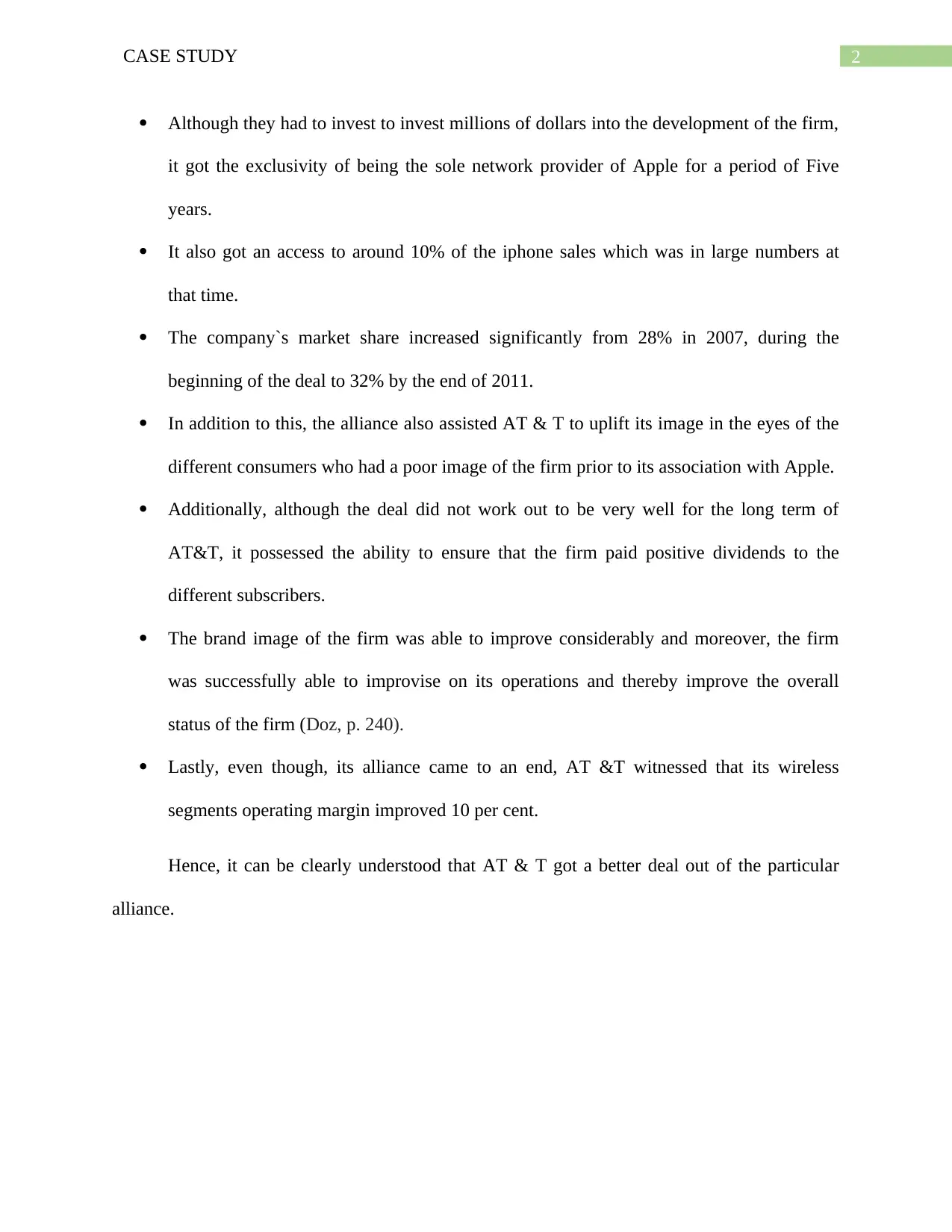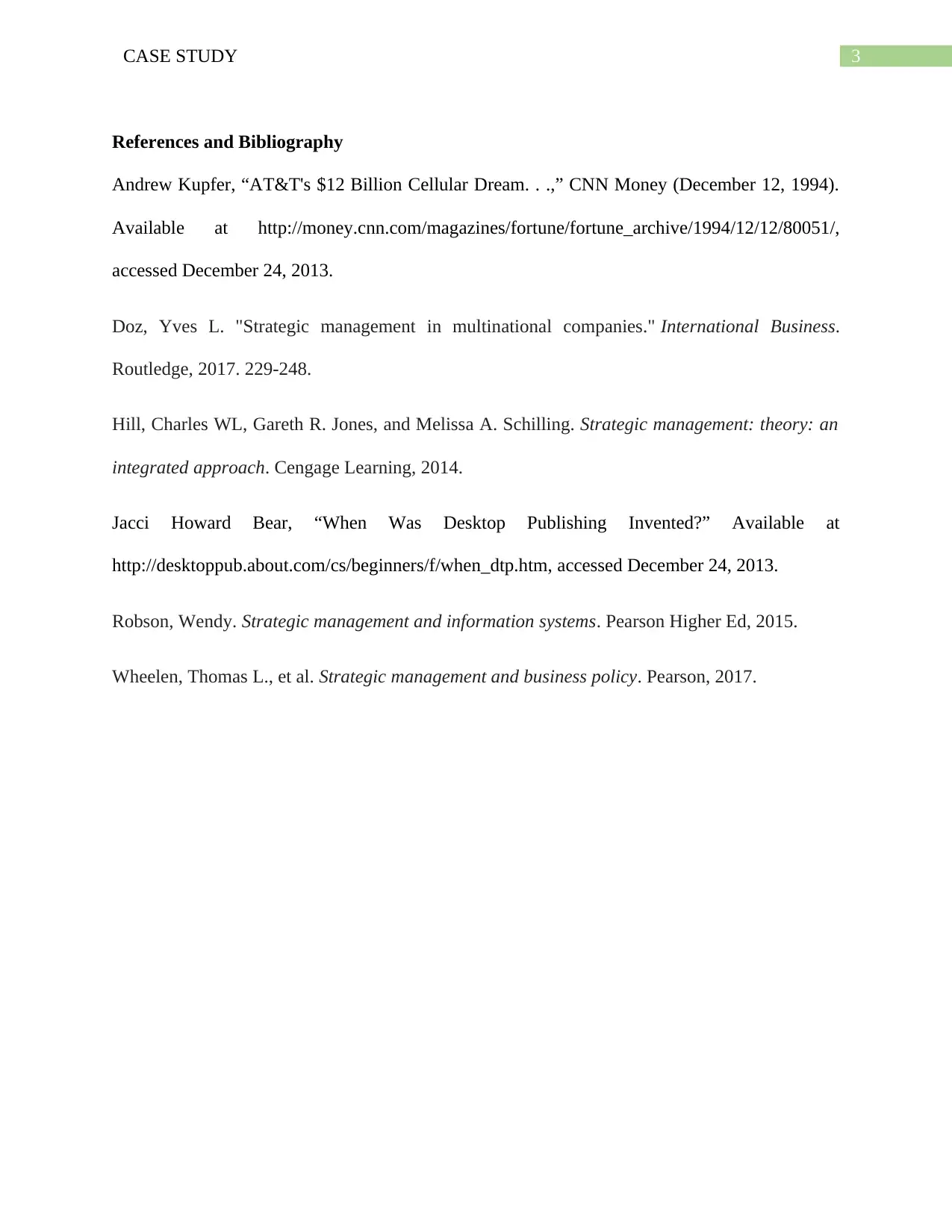AT&T and Apple Strategic Alliance: Evaluating Business Development
VerifiedAdded on 2023/05/30
|4
|771
|440
Case Study
AI Summary
This case study examines the strategic alliance between AT&T and Apple, initiated in 2007 when AT&T became the exclusive carrier of the iPhone. The analysis focuses on determining which company benefited more from the deal, arguing that AT&T gained significantly through exclusivity, increased market share, and improved brand image, despite the eventual end of the alliance. The study highlights that AT&T's wireless segment operating margin improved, indicating a positive impact on its operations. The case study uses references to support its claims and provides insights into the strategic management and business policy aspects of the alliance. Desklib provides access to similar case studies and resources for students.
1 out of 4






![[object Object]](/_next/static/media/star-bottom.7253800d.svg)